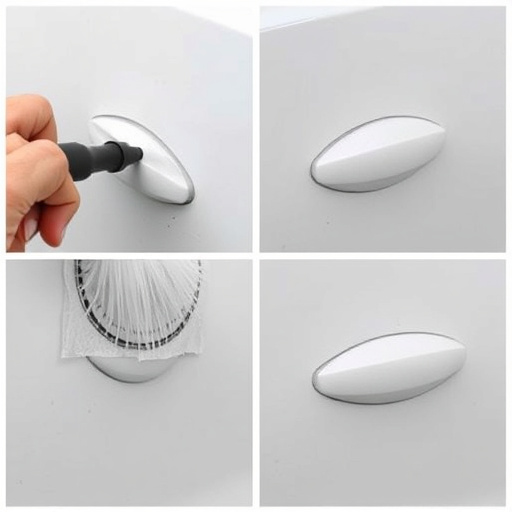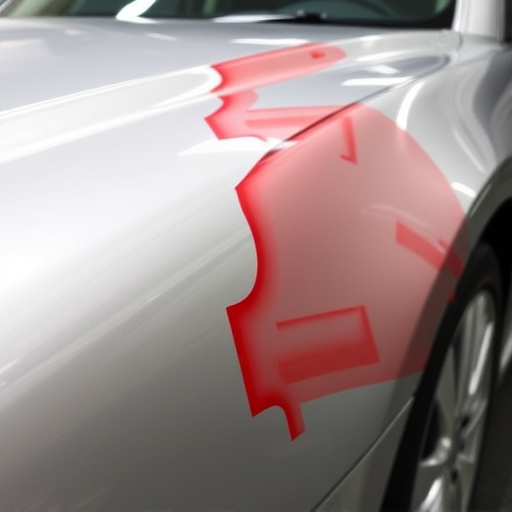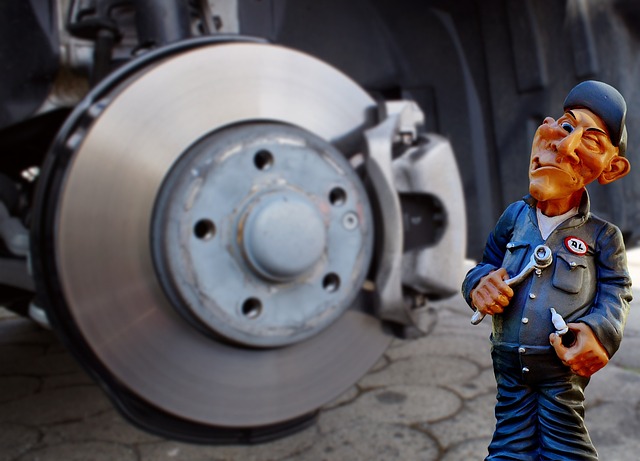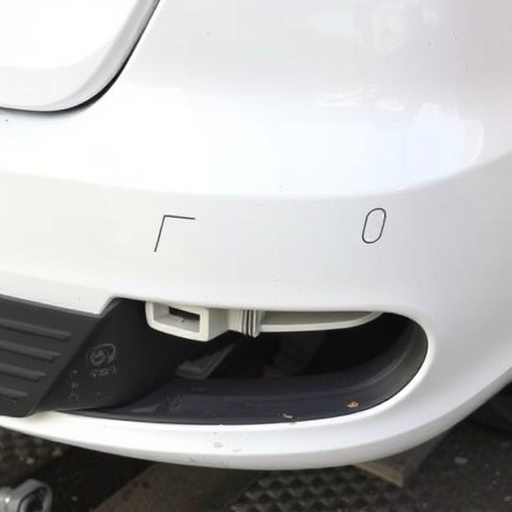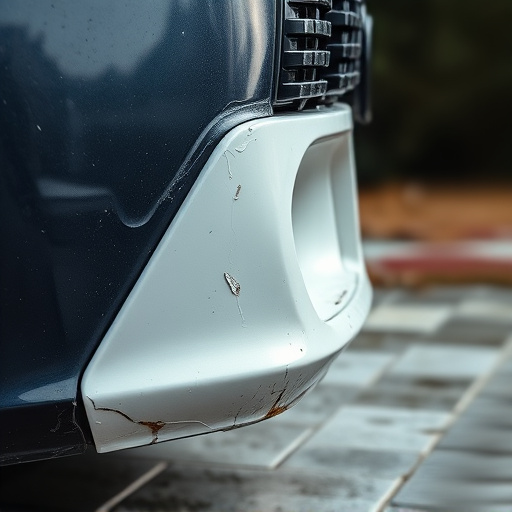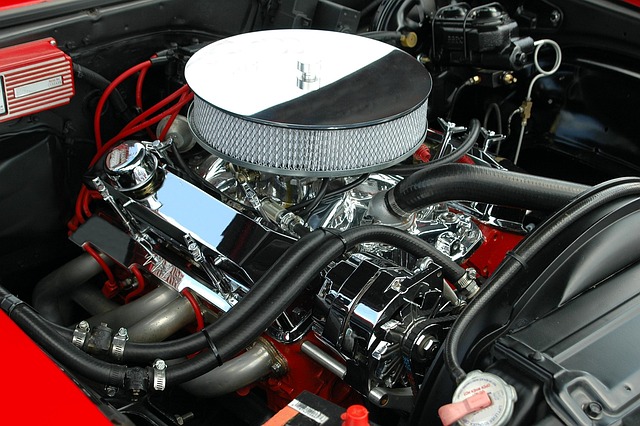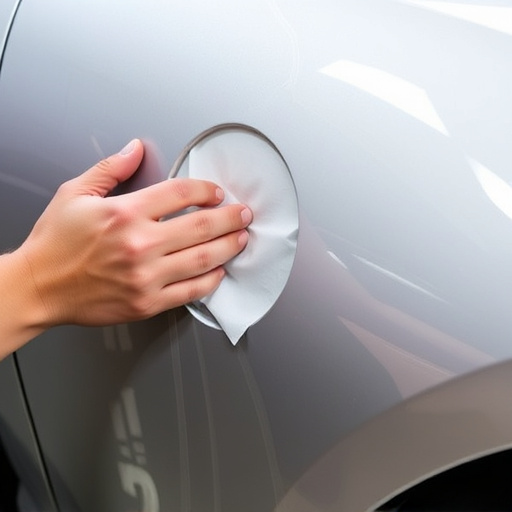Automotive refinishing expertly restores damaged vehicle surfaces, from paintless dent repair for minor dents to traditional methods for extensive damage, like Mercedes-Benz repairs. Meticulous sanding and priming ensure seamless integration and optimal adhesion for a factory-like finish. Choosing the right paints and finishes, considering color accuracy, durability, and compatibility, is crucial for successful refinishing that meets customer preferences.
Looking to restore your vehicle’s gloss? Discover the art of automotive refinishing—a process that transforms damaged car surfaces into seamless, show-stopping repairs. This guide unveils essential techniques for achieving perfect results. From mastering sanding and priming to selecting the ideal paints and finishes, each step ensures a durable, smooth finish. Elevate your DIY auto care journey or equip yourself to oversee professional refinishing with these invaluable insights into automotive refinishing.
- Understanding Automotive Refinishing Basics
- Sanding and Priming for Perfect Repairs
- Choosing the Right Paints and Finishes
Understanding Automotive Refinishing Basics
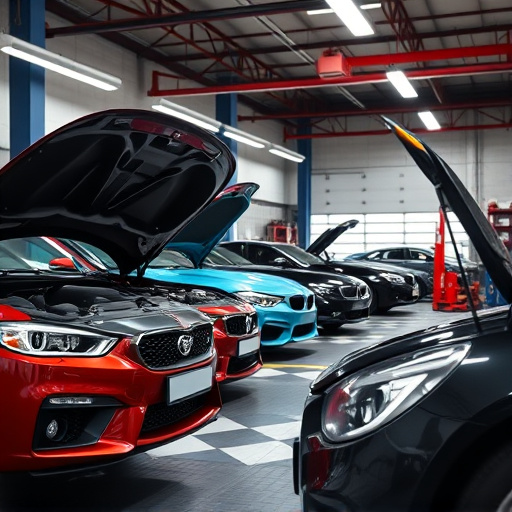
Automotive refinishing is a meticulous art that involves repairing and restoring damaged vehicle surfaces to their original state. It’s a crucial process for ensuring seamless repairs, particularly after incidents like fender benders or car body restoration. The ultimate goal is to make the repaired area unnoticeable, blending seamlessly with the rest of the car’s body.
This technique requires an understanding of various methods, including paintless dent repair, where technicians expertly remove dents without painting, preserving the original finish. For more extensive damage, such as in a Mercedes-Benz repair, traditional refinishing is employed, involving sanding, priming, and repainting to match the vehicle’s exact color specifications. The process demands skill, precision, and attention to detail to achieve a flawless, factory-like finish.
Sanding and Priming for Perfect Repairs
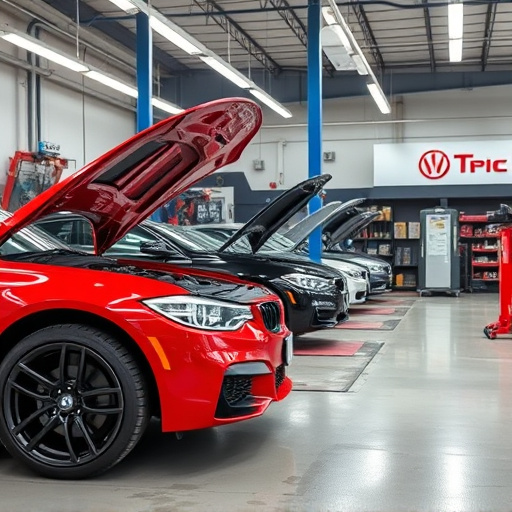
In automotive refinishing, effective repairs demand a meticulous approach, and two critical steps are sanding and priming. Sanding involves gently buffing away damaged areas to create a smooth surface, eliminating any imperfections visible to the naked eye. This step is crucial in ensuring that the repair area seamlessly integrates with the rest of the vehicle’s body, especially for luxury vehicle repairs where precision is paramount.
After sanding, applying the right primer is essential. Primer acts as a bridge between the repaired area and the final paint job, providing a uniform base. It fills in any minor imperfections left by sanding and prepares the surface for optimal adhesion during the car paint services process. This meticulous preparation guarantees that the finished repair, whether it’s a car dent repair or more extensive work, looks as good as new, maintaining the vehicle’s aesthetic appeal.
Choosing the Right Paints and Finishes
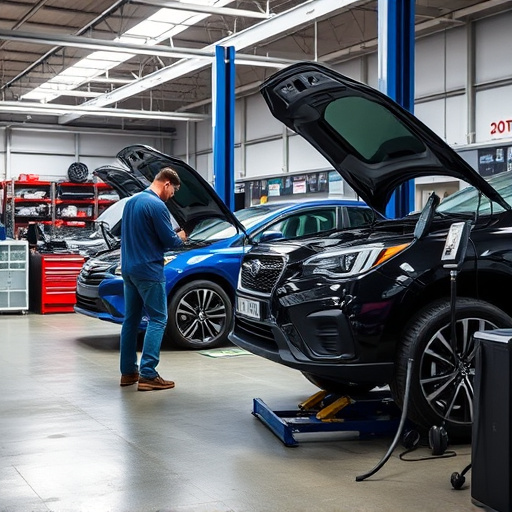
Choosing the right paints and finishes is a crucial step in automotive refinishing, as it directly impacts the final outcome of the repair process. When selecting paints, consider factors such as color accuracy, durability, and compatibility with the existing vehicle surface. High-quality automotive paints offer superior coverage, ensuring seamless integration with the original finish. This precision is vital, especially after collision repair or auto glass replacement, where a flawless appearance is desired.
The right finishes complement the paint choice. Whether it’s a glossy, matte, or satin finish, each has its purpose. For instance, a glossy finish enhances light reflection, making the vehicle appear more vibrant. Conversely, matte finishes offer a sleek, modern look while hiding minor imperfections. Body shop services that specialize in automotive refinishing should have a deep understanding of these options to cater to customers’ preferences and deliver exceptional results.
Automotive refinishing is an art that combines technical skill and an eye for detail. By mastering basic techniques like sanding, priming, and selecting the right paints, you can achieve seamless repairs that match the original finish perfectly. These practices not only enhance the aesthetics of vehicles but also ensure their long-term protection against damage and weathering, making them a vital part of any automotive care routine.


